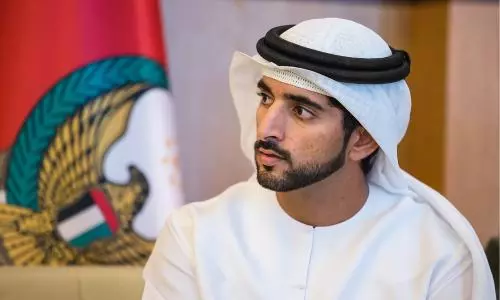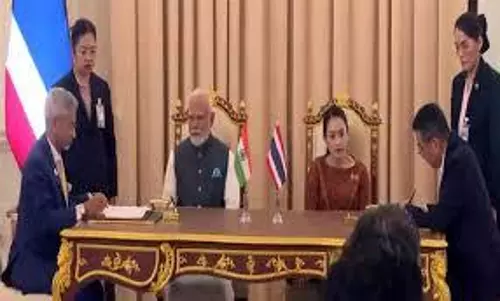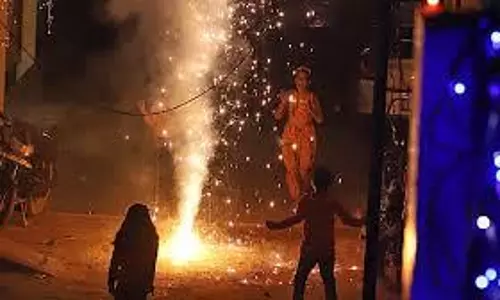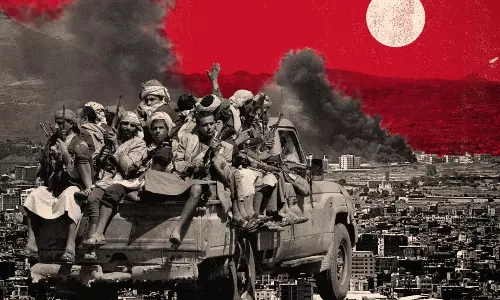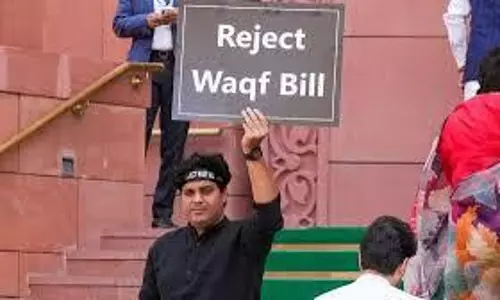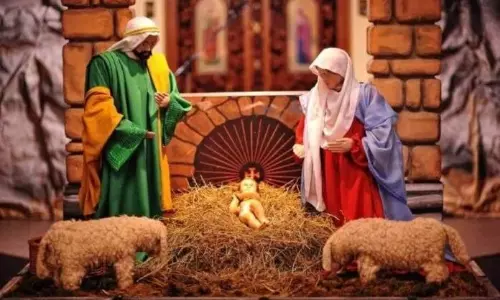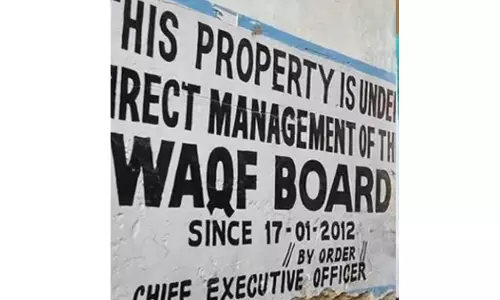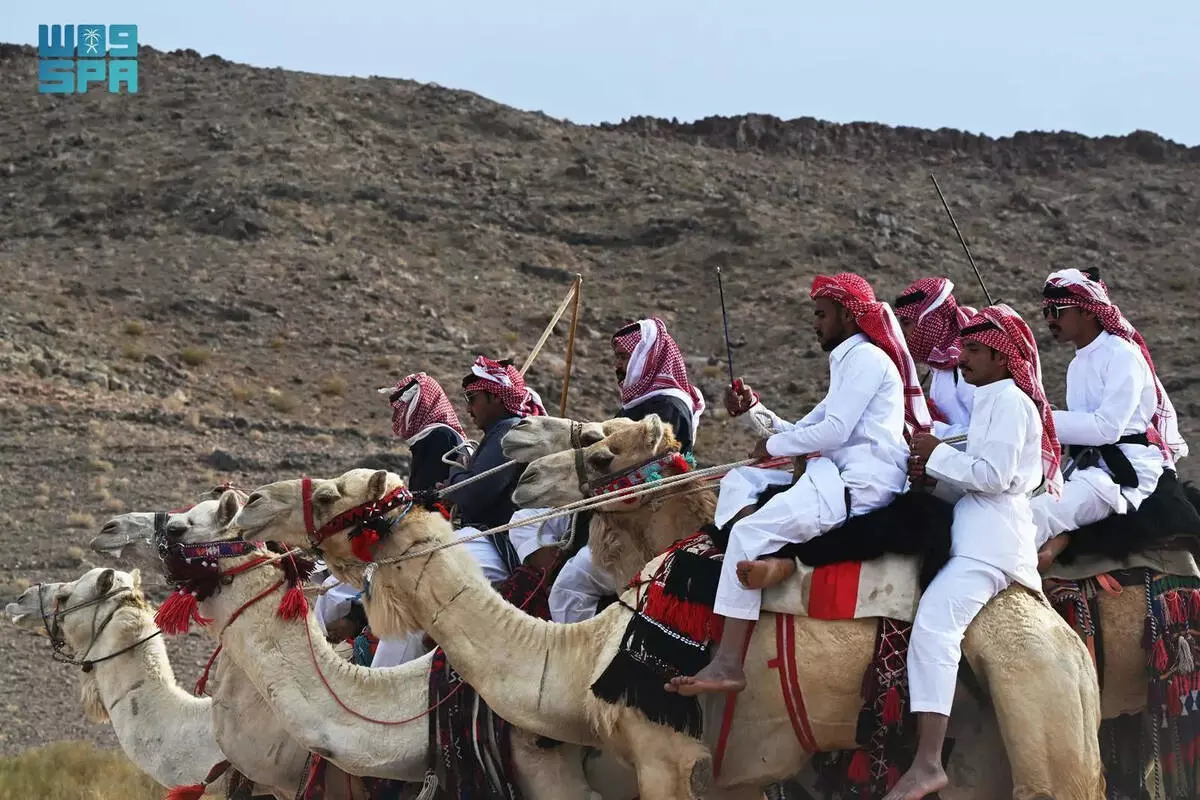
Tabuk camel riders celebrate Eid with traditional Al-Hijini rhythms
text_fieldsIn the expansive deserts of Tabuk, Eid is more than just a celebration—it is a heartfelt expression of history, culture and identity. The air carries the scent of the land and the echoes of generations past as ancient customs come alive with renewed spirit.
During this festive season, one of the most captivating sights is the procession of camel riders, known as hajjanah, who parade through the sands in elegant formation. Clad in traditional attire, they greet locals while reciting Al-Hijini—rhythmic Bedouin poetry that tells tales of pride, love, and loyalty. These verses preserve the essence of desert life, passed down as a proud legacy through time.
The celebrations in Tabuk are a vibrant blend of heritage and modern life, firmly grounded in the region's nomadic roots. Camels, adorned specially for the occasion, are at the heart of the festivities. As the riders move in sync with the rhythmic sway of their camels, they chant lyrical verses that reflect a deep connection to the land and its stories.
Named after the highly trained camels used in riding and racing, Al-Hijini's poetry is distinguished by its simple melodies and brisk tempo. Traditionally performed solo, it has long served as a companion to desert travellers—lifting spirits, easing loneliness, and acting as a vessel for storytelling, wisdom and ancestral proverbs.
During Eid, however, Al-Hijini transforms into a communal expression. The collective recitation by groups of riders and villagers symbolizes Tabuk's desert communities' unity and shared cultural pride, turning the vast open landscape into a living stage for tradition.
In Tabuk, Eid is not just a time of celebration—it is a poetic journey through time, connecting the past with the present in a powerful tribute to the region’s enduring spirit.




